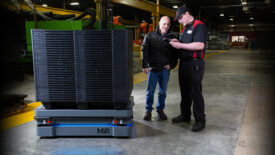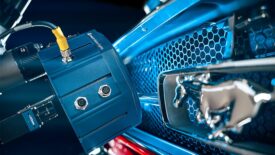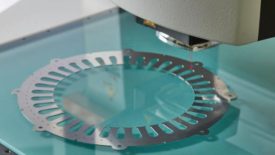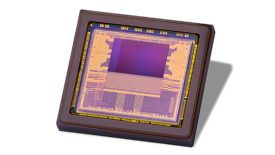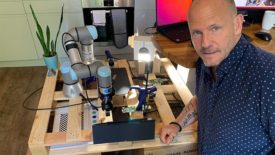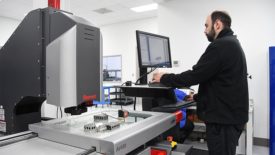Vision & Sensors
Vision & Sensors | Robotics
A Q&A with A3’s Carole Franklin
Read More
Vision & Sensors | Trends
Machine Learning and Artificial Intelligence Tools: The Benefits, How They Work, and Avoiding Common Pitfalls
Dive into the world of artificial intelligence (AI) and machine learning and learn how to deploy and maintain this evolving technology.
November 7, 2023
Vision & Sensors | Vision
How Robotics Applications Benefit from Machine Vision Lighting Advances
Innovations in illumination create new opportunities in automotive manufacturing, food processing, and warehousing.
November 6, 2023
Measurement
Why More Manufacturers Should Consider Implementing a Vision Measurement System
Technology advancements, emerging industries, and congressional legislation point to an exciting future for vision measurement systems.
October 18, 2023
Vision & Sensors | Machine Vision 101
Automation - Quality Practices Can Determine Next Step
Those quality practices can determine if your next step will be a rock or an alligator.
September 10, 2023
Vision & Sensors | Machine Vision 101
Smart Manufacturing Approaches to Automation
The ultimate goal for digital transformation is improved quality.
September 7, 2023
Vision & Sensors | Sensors
Unleashing Potential: How Advances in 3D Vision Sensors are Transforming Manufacturing and Logistics
Manufacturers can rely on sophisticated sensors to revolutionize the way they do business, enabling enhanced quality control, improved efficiency, and increased safety.
September 4, 2023
From the Editor | Darryl Seland
A Phenomena Called The Mandela Effect
Rock or alligator?
September 1, 2023
Vision & Sensors | System Integration
Some Experiences Integrating Machine Learning with Vision and Robotics
Yes, there are places for machine learning in our automation world!
August 31, 2023
Case Study
Vision for the Win … Noncontact Measurement Tops Traditional CMM
A NASCAR engine typically has 857 components, so some are bound to have geometries that are problematic to measure and inspect.
August 30, 2023
Stay in the know with Quality’s comprehensive coverage of
the manufacturing and metrology industries.
eNewsletter | Website | eMagazine
JOIN TODAY!Copyright ©2025. All Rights Reserved BNP Media.
Design, CMS, Hosting & Web Development :: ePublishing
